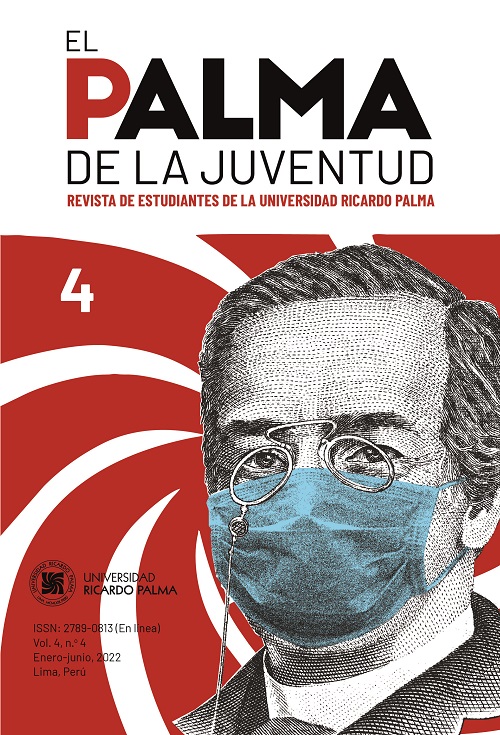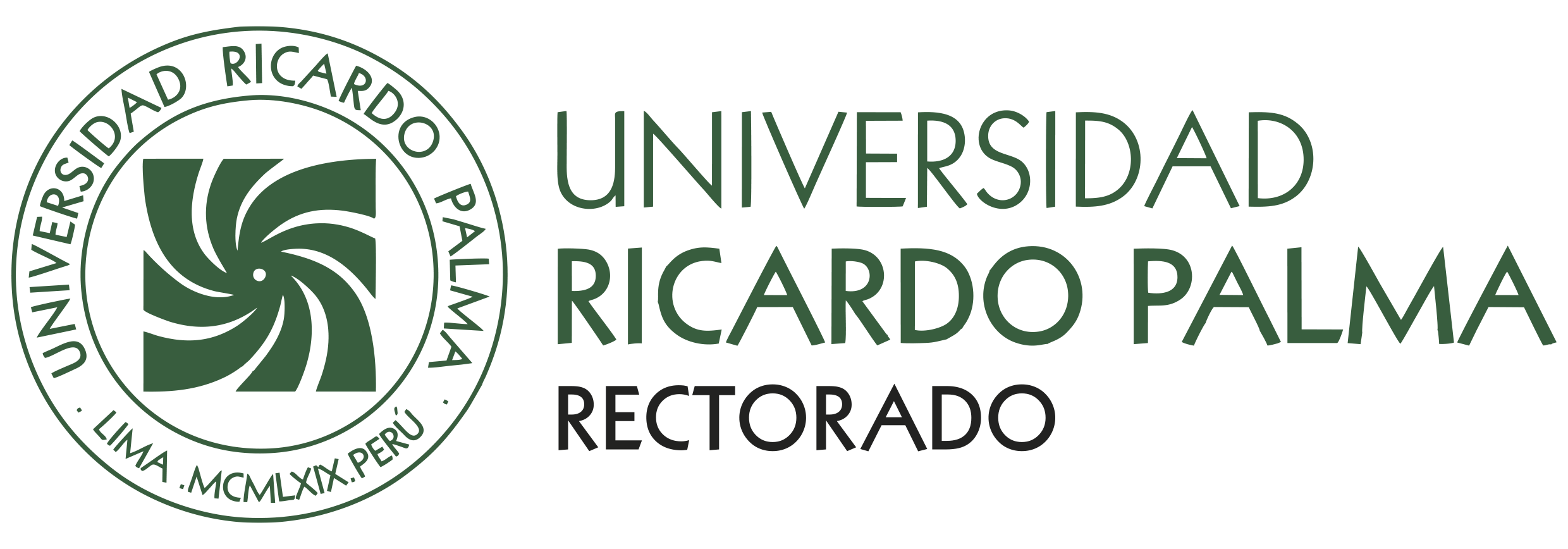The chicory in the story «¡A nadar, peces!»: Applicability, impact, and current medical relevance through the chemical derivative inulin
DOI:
https://doi.org/10.31381/epdlj.v4i4.4893Keywords:
Tradiciones peruanas (Peruvian Traditions), chicory, inulin, gastroenterology, endocrinology, immunologyAbstract
This article will provide a brief analysis of the story «¡A nadar, peces!» by Ricardo Palma, a text in which the use of chicory as a medicinal plant in the viceroyalty society of Peru can be appreciated. It will also detail the current impact of inulin, a chemical derivative extracted from chicory roots. Specifically, its relevance in the various specialties of modern medicine, such as gastroenterology, endocrinology, and immunology, will be analyzed.
References
Área de Sostenibilidad Medioambiental del Ayuntamiento de Málaga (s. f.). Achicoria. https://bioeduca.malaga.eu/es/catalogo-de-especies/detalle-de-la-especie/Achicoria/
BBC News (2018, 22 de julio). Quién fue Theophrastus Phillippus Aureolus Bombastus von Hohenheim (alias Paracelso) y cómo cambió la historia de la medicina. https://www.bbc.com/mundo/noticias44854542
Chen, J. y Vitetta, L. (2020). The role of butyrate in attenuating pathobiont-induced hyperinflammation. Immune Network, 20(2). https://doi.org/10.4110/in.2020.20.e15
Lara, M., Julián, M. C., Pérez, A., Benítes, I. y Lara, P. (2017). Avances en la producción de inulina. Tecnología Química, 37(2), 220-238. https://www.redalyc.org/articulo.oa?id=445551175005
Madrigal, L. y Sangronis, E. (2007). La inulina y derivados como ingredientes claves en alimentos funcionales. Archivos Latinoamericanos de Nutrición, 57(4). http://ve.scielo.org/scielo.php?script=sci_arttext&pid=S0004-06222007000400012&lng=es&tlng=es
Mahmudpour, M., Roozbeh, J., Keshavarz, M., Farrokhi, S. y Nabipour, I. (2020). COVID-19 cytokine storm: The anger of inflammation. Cytokine, 133, 155151. https://doi.org/10.1016/j.cyto.2020.155151
Mateos, M., Ventura, P. y Ariza, J. A. (2021). Ácidos grasos de cadena corta y media como precursores para inhibir los síntomas del coronavirus. Educación y Salud. Boletín Científico del Instituto de Ciencias de la Salud, Universidad Autónoma del Estado de Hidalgo, 9(18), 224-231. https://www.researchgate.net/publication/352213937_Acidos_grasos_de_cadena_ corta_y_media_como_precursores_para_inhibir_los_sintomas_del_coronavirus
Palma, R. (2007). ¡A nadar, peces! En Tradiciones peruanas. Tercera serie. Biblioteca Virtual Miguel de Cervantes. https://www.cervantesvirtual.com/obra-visor/tradiciones-peruanas-tercera-serie--0/html/01559788-82b2-11df-acc7-002185ce6064_15.html#I_62_
Quitral, V., Torres, M., Velásquez, M. y Bobadilla, M. (2018). Efecto de inulina en la saciedad en humanos. Perspectivas en Nutrición Humana, 20(1), 79-89. https://revistas.udea.edu.co/index.php/nutricion/article/view/327729/20790662
Yang, L., Liu, S., Liu, J, Zhang, Z., Wan, X., Huang, B., Chen, Y. y Zhan, Y. (2020). COVID-19: inmunopatogénesis e inmunoterapia. Signal Transduction and Targeted Therapy, 5(128). https://doi.org/10.1038/s41392-020-00243-2
Downloads
Published
How to Cite
Issue
Section
License
Copyright (c) 2022 Carlos Augusto Palacios Flores

This work is licensed under a Creative Commons Attribution 4.0 International License.
La revista utiliza una licencia Creative Commons para mostrar a los lectores y usuarios cómo se pueden utilizar los contenidos publicados.
Los contenidos publicados en esta revista están bajo una licencia CC-BY 4.0. Esta licencia permite:
- Compartir, copiar y redistribuir el material en cualquier medio o formato.
- Adaptar, remezclar, transformar y construir a partir del material para cualquier propósito, incluso comercialmente.
Bajo los siguientes términos:
- Atribución. Usted debe dar crédito de manera adecuada, brindar un enlace a la licencia, e indicar si se han realizado cambios. Puede hacerlo en cualquier forma razonable, pero no de forma tal que sugiera que usted o su uso tienen el apoyo de la licenciante.










